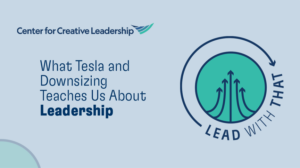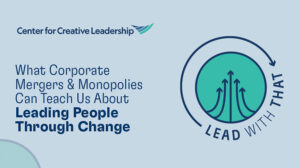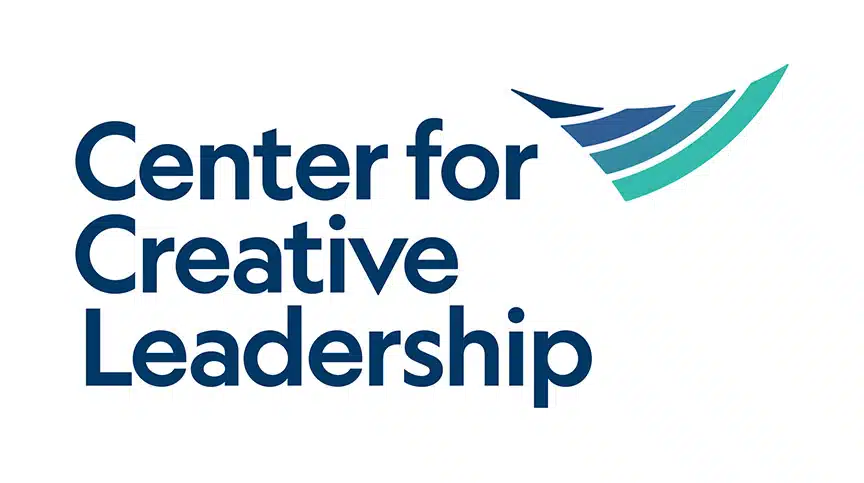In this episode, Ren and Allison discuss corporate downsizing at Tesla and how leadership can really make a difference during times of conflict and disruption in organizations.
Organizational Leadership
Home > Content About Organizational Leadership

Featured Leading Effectively Article
Organizational leadership culture can be defined in 3 basic ways. Which one describes how your organization functions, and what can you do about it?
Content About Organizational Leadership
Productive change doesn’t happen by itself. Effective change leaders know how to manage the change process and guide people through change with these 3 elements.
You need direction, alignment, and commitment (DAC) to make leadership happen in your group or organization. Learn more about our DAC framework and how leadership is a social process to foster more of it in your group or organization.
In this episode, Ren and Allison discuss the impact that proposed major corporate mergers may have on their workforces.
Authored by Lynn Fick-Cooper and Fara Francis on how to make (better) leaders by uplifting individuals, building teams, and reimagining culture, in Chief Learning Officer.
Handling workplace change can drain people’s reserves. Not all change is bad, but change does have a cost and depends on the resources available to adapt.
Watch this webinar to uncover how you and your organization can use coaching as a transformation tool not just for individuals, but to shift and change your entire culture.
If our strategy is so good, why isn’t our performance? Consider whether there is strategic leadership alignment on your executive team. Here are 6 things to do to increase alignment and improve performance.
Download this paper to discover how coaching’s role has expanded from enabling individual transformation to organizational change, and best practices for leveraging coaching (particularly among middle managers) as a change enabler.









